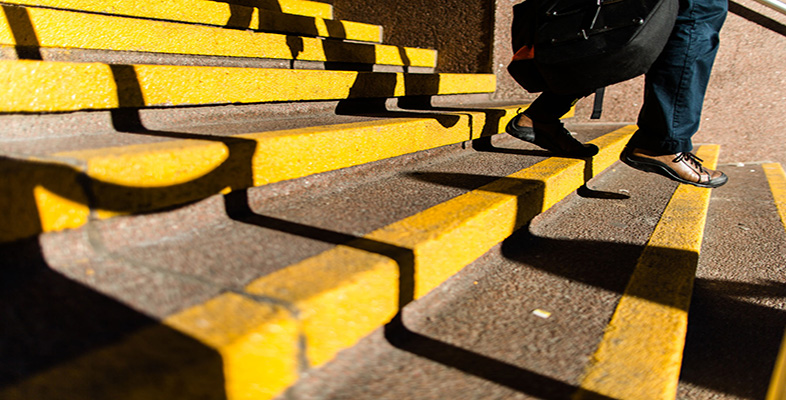2.1 Emotional impact of an artwork
Artists strive for their artworks to have effects on the spectator, even though they cannot necessarily predict precisely what sort of effects these will be. Our immediate reactions to any artwork are therefore an essential consideration when analysing that work. However, it can be very difficult to recall how we felt when we experienced a particular artwork for the first time. The more we look at something and examine it in detail, the more distanced we become from its original impact on us. For this reason, as a student of visual art, it is important to record the immediate effects of any artwork that you encounter and to try to trust your own feelings and thoughts about what you see, rather than referring to other people’s reactions to find out what you should be feeling and thinking. That way, you will have valuable first-hand evidence with which to build a more complete account of the artwork, including its immediate effects, if you are asked to discuss that work in more detail.
Activity 4 Recording the effects of some Turner Prize-related artworks
Now take a careful look at these works of art (Plates 3, 5a, 5b, 6 and 7) in the Resource booklet [Tip: hold Ctrl and click a link to open it in a new tab. (Hide tip)] . For the moment, you should ignore the titles of these works.
For each artwork, note your first impressions. These could include the first word that comes into your head when looking at the artwork, or the way the artwork makes you feel. Try to avoid thinking in depth about the subject matter of the artwork, or about what it might mean. For the moment, just record the immediate effect the work has on you. Do not worry about writing complete sentences, just a word or two for each artwork will be fine.
Comment
How did you get on? I am sure that if all the students on this course compared their answers, it would soon be clear that there is no right answer and that the effects of an artwork can depend on many factors. In particular, such things as your background and emotional state at the time of viewing the work can be quite important. I have recorded my own initial impressions in Table 1.
| Artwork | Effects and comments |
| 3 | Messy. Intimate. Sordid. |
| 6a–b | Gloomy. Run down. Drab yet decorative. |
| 7 | Delicate. Fragile. Sad. |
| 11 | Colourful and complex. Dizzy. Flowing. Psychedelic. |
You will be revisiting these works later in order to think about whether your feelings change as you learn more about them.
Now, the main focus of your learning will be (plate numbers refer to the Resource booklet):
- Chris Ofili’s No Woman No Cry (Plate 4)
- Grayson Perry’s Barbaric Splendour (Plates 5a–b)
- Tracey Emin’s The Perfect Place to Grow (Plate 9 and you will also be shown a video recording).
As you work through the week, you will use each point of the study diamond to help you to gather evidence about these artworks. This will allow you to gradually build a well-argued analysis of what you think these artworks mean.
